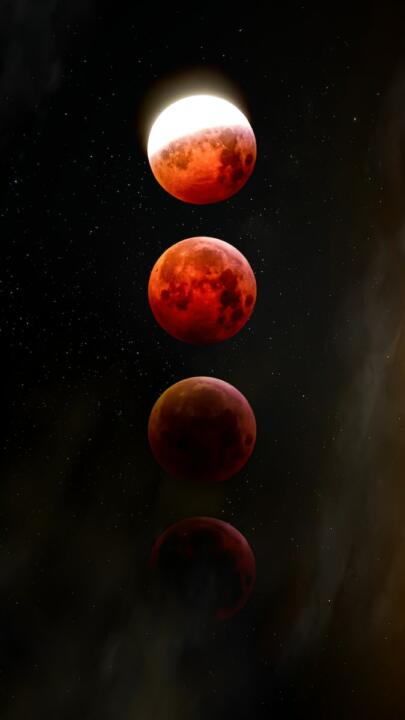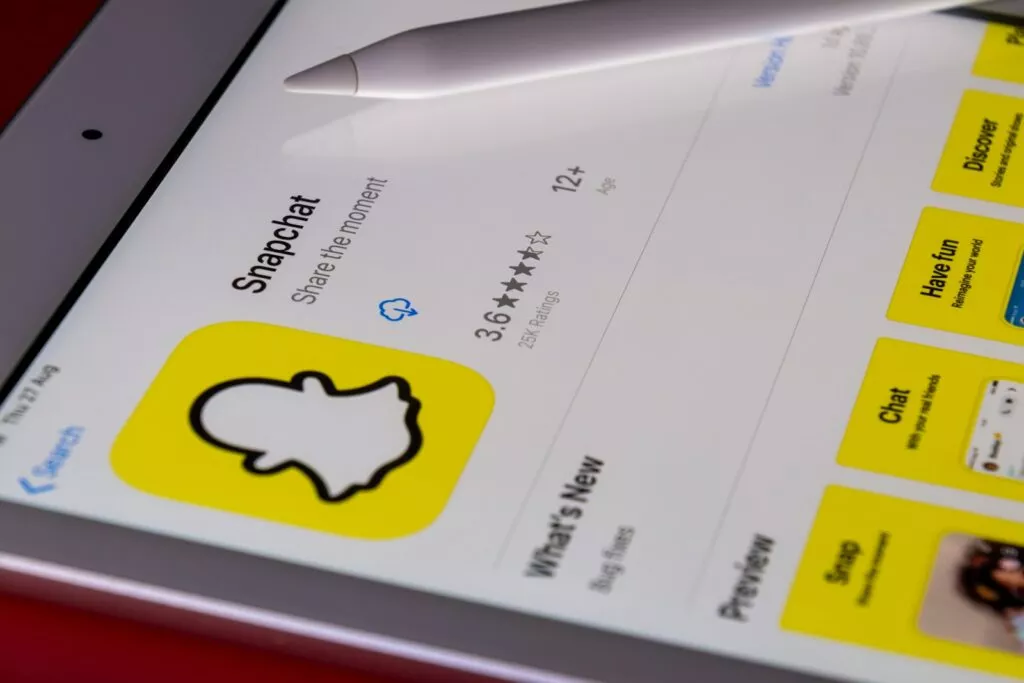A popular idiom in the English language is “fake it until you make it,” but, if you are Samsung, it seems like that might be part of a marketing campaign – at least when it comes to showing off your smartphone’s moon capture capabilities.

The Verge is carrying a story today from Reddit of all places that claims Samsung puts its famous moon shots through a ton of processing in order to achieve the dynamic appearance that we see in marketing photos.
“Space Zoom” is one of Samsung’s more famous smartphone features, and the amount of detail that these captures often show is impressive indeed. But does it warrant the label “fake”? The Verge points to the explosion of artificial intelligence imagery and how it blurs the lines between reality and fake leading the publication to question whether these so-called “Space Zoom” photos are the real deal. After all, using processing to achieve a certain look with an image is nothing new, but when does it cross the line?
Here, also, we have a question of capability: Any photographer worth their salt could tell you that it’s unlikely a smartphone was able to capture pictures of the moon that detailed without some sort of assistance. And while there are plenty of cameras out there capable of taking pictures of the moon, the debate seems to be whether or not computer assistance changes the authenticity and provenance of an image.
The Reddit user that discovered this and made the post used a simple demonstration to illustrate his point. He showed one picture of the moon, blurry as one would expect, and then took a picture of that image with his smartphone. The image was then upscaled with added detail that wasn’t present in the original image he captured, showing how computational assistance made “Space Zoom” viable.
For their part, Samsung engineers offered a quite simple explanation of what is going on, stating that the feature “effectively removes noise, and maximizes the details of the moon to complete a bright and clear picture of the moon.”
Of course, any thoughts that you might have on smartphone computer-assisted moon captures, are more than welcome in the comments section below.
Don’t forget to check out our other photography news at this link.




